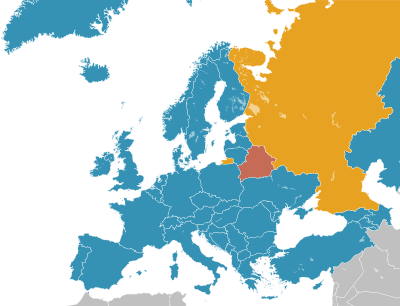Capital punishment in Spain

The
The
History
Capital punishment was common in the Spanish kingdom, and methods used included
Francoist Spain
Capital punishment in
As Franco's regime was consolidated, use of capital punishment became scarcer; between 1950 and 1959, 58 Spaniards (including 2 women) were executed by garrotte and 9 by firing squad. In the 1960s, the total number of executions dropped to 6; 2 in 1960, 2 in 1963 and 2 in 1966 (less than in neighbouring France, although several of the convictions were considered political). Due to criticism, a 6-year moratorium followed, broken when
The imposition of the death penalty for terrorism followed its own logic during Franco's dictatorship. Sometimes it was not swiftly carried out, such as in the case of Andrés Ruiz Márquez (Coronel Montenegro),[7] a member of a Spanish National Liberation Front (FELN) commando who had set up a string of small bombs in Madrid. He was arrested by the Spanish police in 1964 and condemned to death but saw his sentence commuted to life in prison.[8]
See also
- Tribunal de Orden Público
- The Executioner (1963 film)
References
- ^ "The death penalty in Spain – iberianature – Spanish history and culture". Iberianature.com. Retrieved 2011-11-08.
- ^ "Historia de la pena de muerte". Amnistiacatalunya.org. Retrieved 2011-11-08.
- ^ Oscar Bernadotte, Om Straff och Straffanstalter (1840), unknown page
- ^ "Remembering those executed by Francoist firing squads at Camp de la Bota | Info Barcelona | Barcelona City Council". www.barcelona.cat. Retrieved 2021-08-07.
- ^ List of persons executed in Spain since 1812: http://www.capitalpunishmentuk.org/garottel.html
- ^ Ahlmark, Per (6 March 2001). "Kolumn/Per Ahlmark: Vilka tyranner var "satans mördare"" [Column/Per Ahlmarks: What tyrants were "devilish murderers"]. Dagens Nyheter (in Swedish). Retrieved 10 September 2015.
- ^ FIJLE: Boletin de Informacion - El "Caso Montenegro"
- ^ Archivo Linz - El terrorista Andrés Ruiz Márquez fue detenido por la policia en la calle de Serrano
